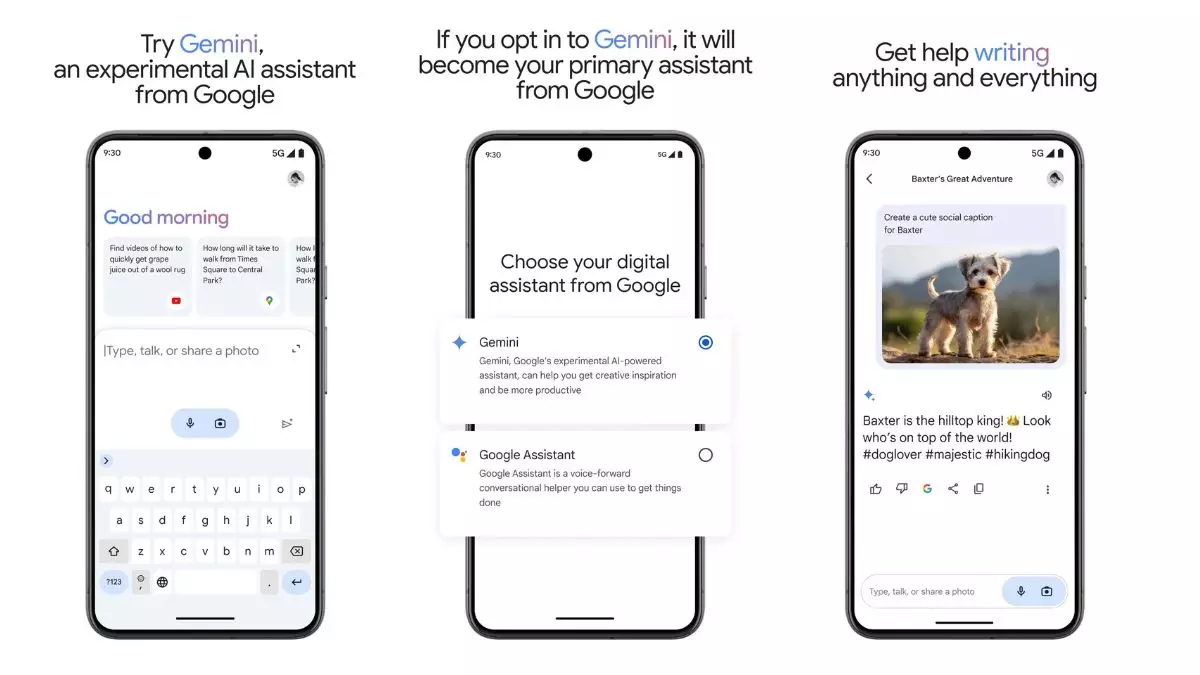Google introduced its native artificial intelligence (AI) chatbot Gemini to the Android operating system earlier this year, offering users the choice to opt for Gemini as their default voice assistant. While this new feature brought some advantages, such as personalizing the user experience, there were limitations, such as the inability to set alarms or launch apps.
Recently, a new report has surfaced suggesting that Google might be adding a music command feature to Gemini. Screenshots from the Gemini app for Android settings revealed a new option labeled “Select preferred services to play music” under the Music category. Although the feature is currently inactive, there is speculation that it could be launched in a future update.
It remains unclear how the music command feature would operate, but it is anticipated to function similarly to Google Assistant. Users might be able to play music from popular streaming services like Spotify or YouTube Music by issuing voice commands to Gemini. Additionally, there is a possibility that Gemini could offer a song identification feature, allowing users to identify music playing in the background and play it through a music streaming app.
Earlier reports have indicated that Google is exploring the idea of incorporating Gemini into Google Assistant-powered headphones. This integration would enable wearable devices to utilize Gemini as their primary voice assistant and connect seamlessly with smartphones that have Gemini enabled. Despite having Gemini on smartphones, current wearable devices continue to rely on Google Assistant when prompted.
The addition of a music command feature to Gemini could enhance the overall user experience and make the AI chatbot more versatile and functional. While there is still uncertainty surrounding the specifics of this feature and its potential launch date, it is clear that Google is continuously working to improve and expand the capabilities of Gemini as an on-device voice assistant. Stay tuned for future updates on the development of Gemini and its integration with various devices and platforms.


Leave a Reply